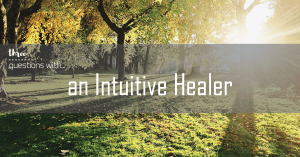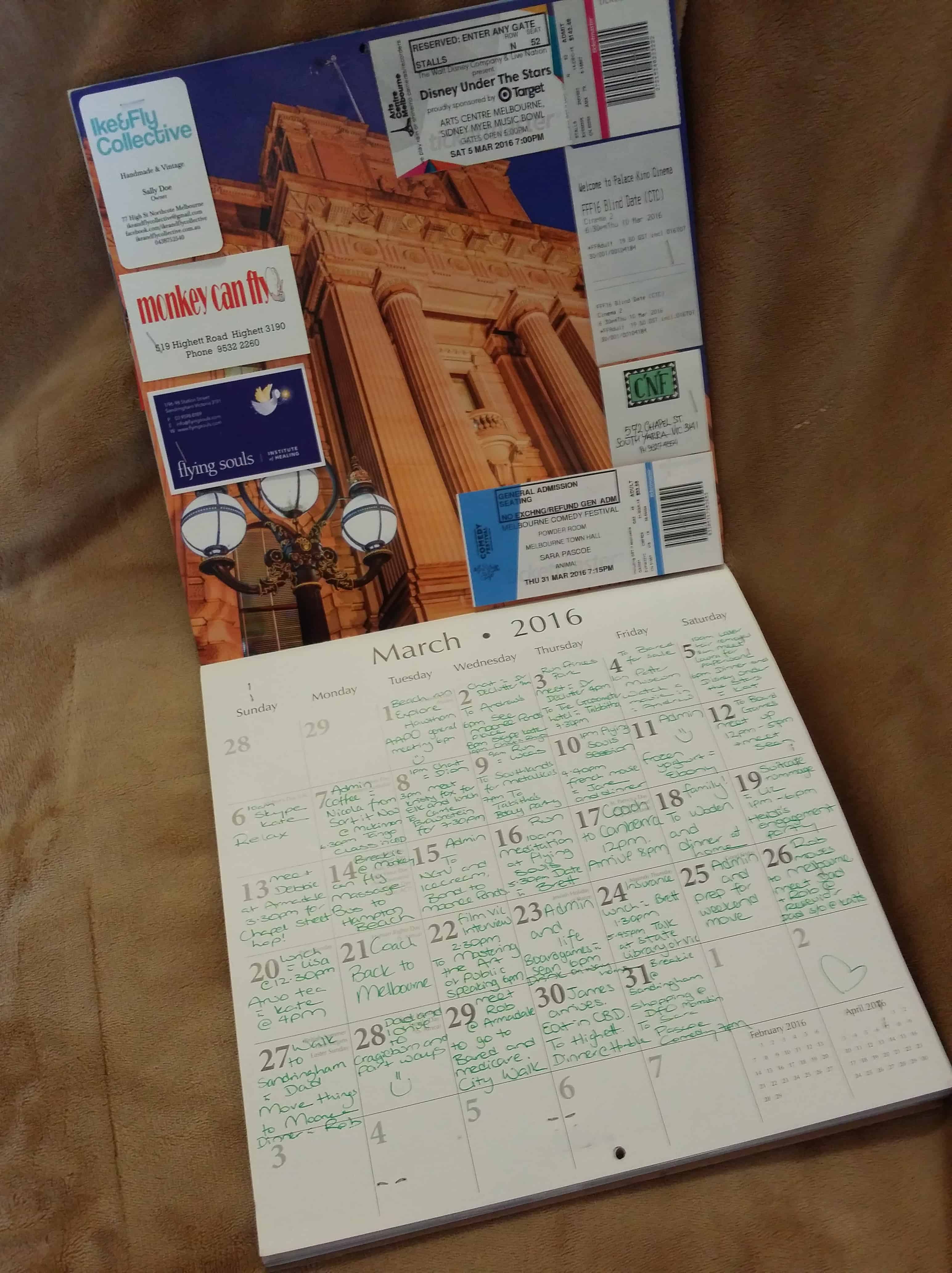
Over the weekend, I found myself falling into a familiar trap that I've struggled with throughout my entire life -
enjoying downtime and slowing down without constantly thinking about the things I should be doing. It’s a challenge that many people can relate to, and for me, it has taken time and practice to find a balance. In this blog post, I want to share my experience and the strategies I’ve developed to truly enjoy and make the most of my downtime.
Conflicted
I experienced conflicting feelings on the weekend. While my body was urging me to rest and relax, my mind was constantly buzzing with thoughts of unfinished tasks and obligations. To address this, I started by setting my top three priorities for the day. This included tasks like cooking a meal, doing some batch cooking for the week, and responding to a long-awaited email from a friend.
I then created a plan for the upcoming week and scheduled the rest of my tasks. This alleviated the pressure and helped me clear my head because I knew that all the tasks were accounted for. It meant that one my top 3 were done and dusted, I could fully immerse myself in activities I enjoyed, such as watching episodes of my favourite TV show, without feeling the pull to be doing something else.
For individuals who, like me, struggle with downtime, scheduling relaxation activities can be a proactive approach to overcoming this challenge. By incorporating downtime into your schedule, you’re essentially tricking your brain into accepting and embracing it. This technique allows you to view relaxation as an achievable goal rather than an elusive concept. I also have a reminder to myself in my calendar to slow down. It reads: “There’s no hurry. We’ll get there when we get there.”
Prevents Burnout
It sounds odd, but scheduling relaxation can lead to thoroughly enjoying and making the most of it. Personally, I have found that planning my downtime ahead of time gives me a sense of control and fulfilment. It’s a way of telling my brain that it’s part of the plan, and I can relax guilt-free, knowing that I have accounted for all my responsibilities.
Embracing downtime through scheduling has proven to be beneficial in several ways. First, it helps prevent burnout, which is a real risk when we push ourselves too hard without allowing for adequate rest and rejuvenation. By consciously allocating time for relaxation, we create a buffer against burnout and ensure our well-being remains a priority.
Moreover, scheduling downtime can lead to a more refreshed and productive start to the week. When we push ourselves relentlessly during the weekend, we often find ourselves lacking the sense of rejuvenation that downtime should provide. So by incorporating planned relaxation into our routines, we can approach Monday mornings with renewed energy and enthusiasm, ready to tackle the week ahead.
If you find yourself fearing or struggling with downtime, it’s essential to delve into those emotions and understand their root causes. Ask yourself if it’s merely a long-standing habit or if there’s something deeper at play. Are you constantly busy because downtime might uncover unresolved thoughts or life decisions you’ve been avoiding?
Sit with the feels
Taking the time to sit with these emotions, journal, and reflect can provide valuable insights into why you resist downtime. By addressing these underlying fears, you can begin to remove the barriers preventing you from fully embracing relaxation and enjoying life to its fullest.
In a world that often glorifies busyness, it’s crucial to recognise the importance of downtime and find ways to truly enjoy it. Scheduling relaxation activities and prioritising rest can help overcome the fear of downtime and allow us to recharge and rejuvenate effectively. By acknowledging the need for balance and incorporating downtime into our schedules, we can prevent burnout, enhance productivity, and experiences.

If you need a helpful guide to eliminate overwhelm, book a quick call with me and let’s have a chat about what that might look like.
Talk soon,
Christie








